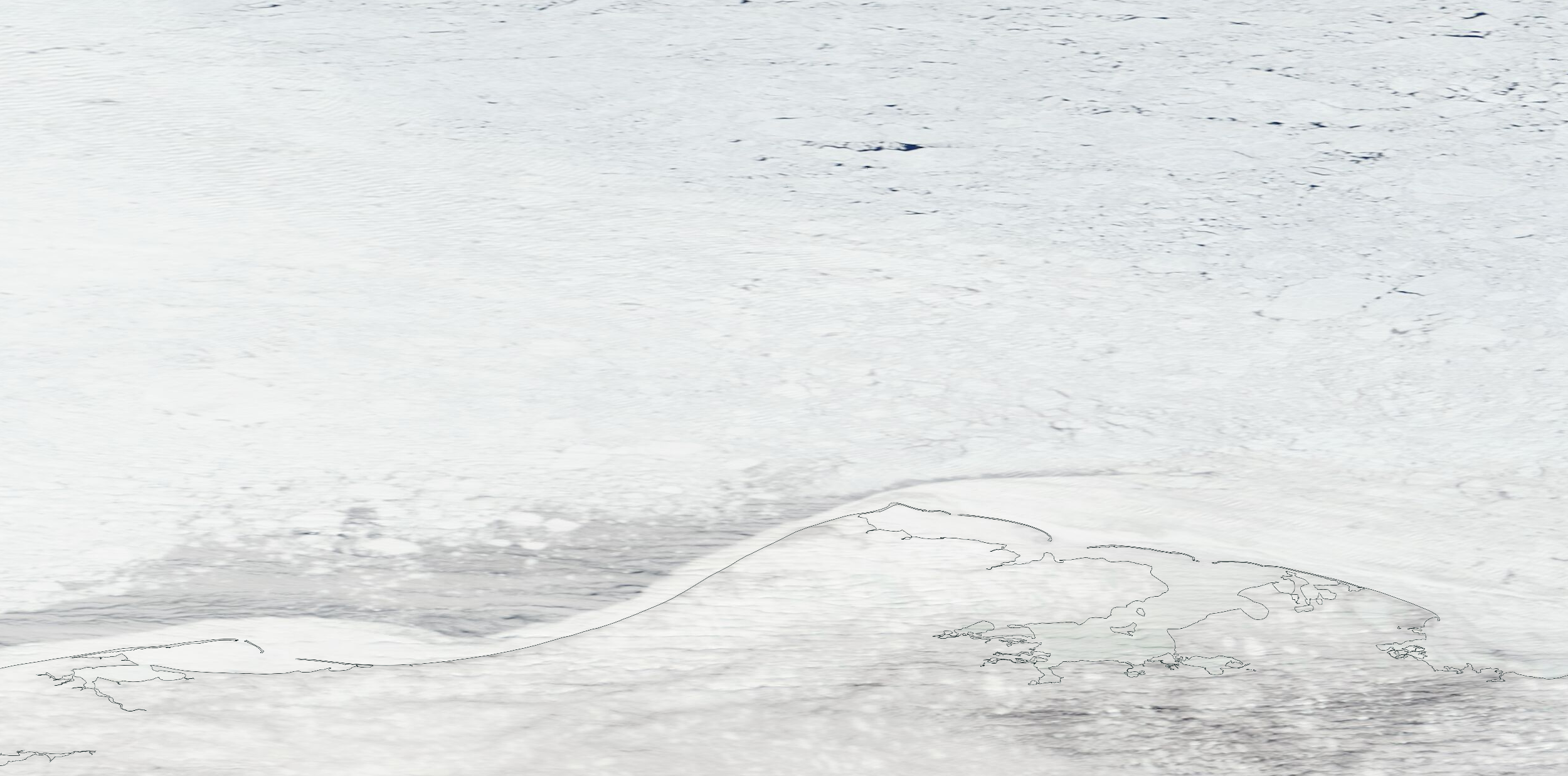Arctic PISCES
The Arctic Pacific Infrastructure for Sustaining Continuous Engineering and Science (Arctic PISCES) project is a collaborative effort by the University of Alaska Fairbanks, the Applied Physics Laboratory at the University of Washington, and Pacific Northwest National Laboratory to advance observing and prediction science in Arctic coastal and inner-shelf regions.
The project supports sub-seasonal to seasonal forecasts of the ocean-ice-atmosphere system by- monitoring ice-ocean-atmosphere conditions in the Arctic coastal zone, improving forecast models, and
- tracking ocean heat contents and their impact on the state of the landfast ice.


Coastal Ice Knowledge and Conditions
The Arctic PISCES project relies on local ice knowledge to understand historical and present ice conditions. Radar observations will be used to determine current conditions at specific locations.

Community Collaborations
Local community partners are involved in all phases of the Arctic PISCES project, from program design to field deployment, and interpretation of the findings.

Observations
Observational data will be used to better understand the evolution of coastal sea ice. Instruments will be placed on and under the ice to observe its transformation throughout the seasons.

Prediction and Modeling
Numerical models will be used to study the physical processes that control coastal sea ice break-up. The models will study pan-Arctic and local processes that affect sea ice break-up.



















